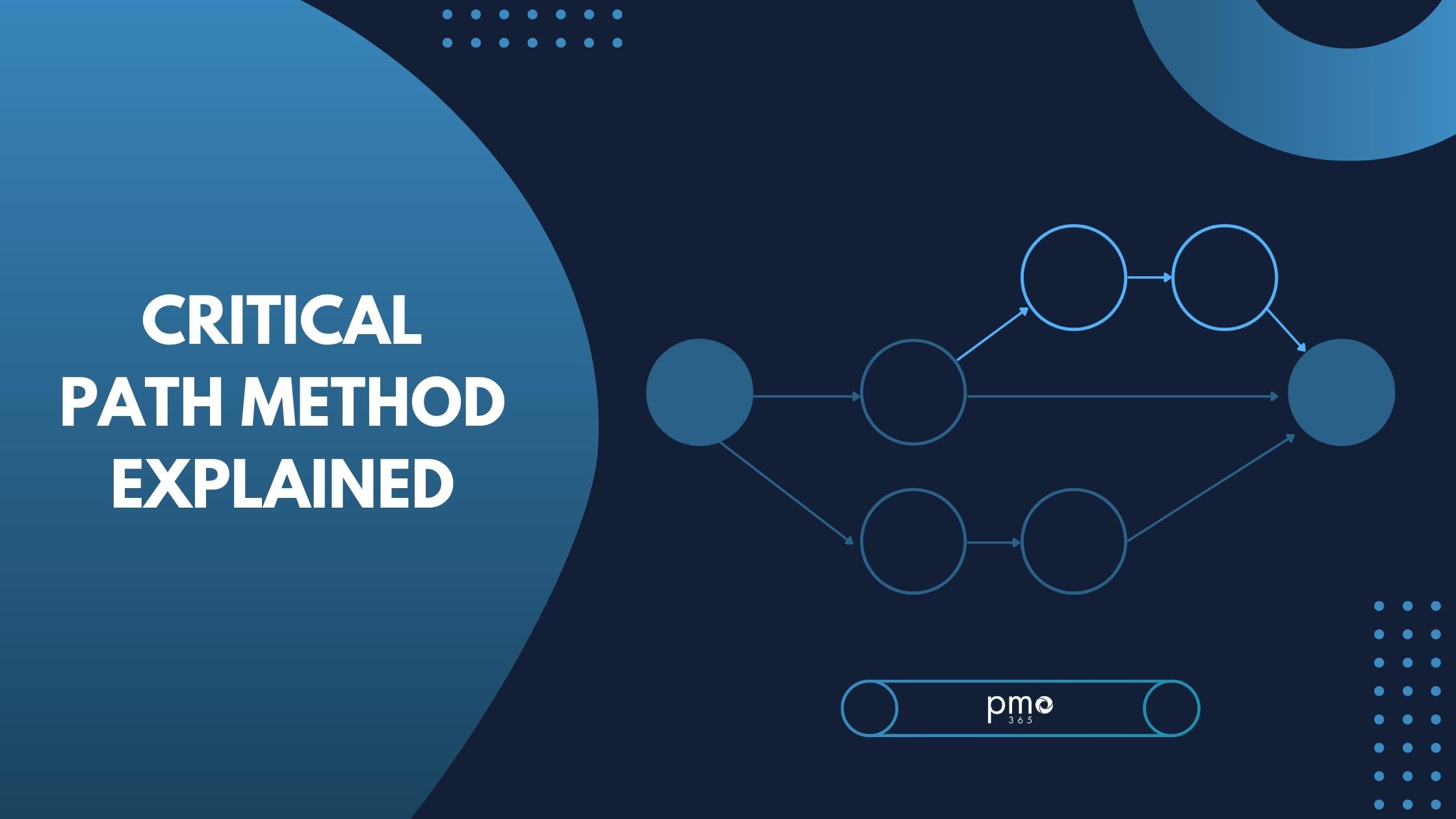In this blog, we look at the benefits of workflow automation, the principles of workflow management, and the best practices for creating workflows to start optimising your team’s time and resources straight away!
As projects become increasingly complex, it’s no surprise that teams are becoming increasingly overwhelmed by their workload. Intrinsically, we forget important steps, find our inboxes overloaded, and watch our task lists continue to grow. One way to keep this from happening is to properly manage your workflows.
What is a Workflow?
By definition, a workflow is simply a sequence of tasks that make up a larger task. In practice, the goal is to produce a desired result or specific outcome. Essentially, workflows are a set of steps, resources, and interactions that project managers can repeat to achieve the desired result. In order to do this, it clearly defines start and endpoints, the direction of movement, the expected results at each stage, and potential alternative steps.
Generally, there are two types of workflows. These are sequential and parallel workflows:
- Sequential workflows: In this workflow, a series of steps must be completed in a sequential order to reach an end goal. Often, they consist of rules-based workflows with conditional logic.
- Parallel workflows: This workflow involves multiple steps which are performed at the same time. Parallel workflows are also known as state workflows, and they aren’t strictly sequential, they have other tasks dependent on tasks within the workflow.
What is Workflow Automation?
Workflow management is organising, operating and optimising workflows. It involves the active identification, improvement, optimisation, and automation of workflows to help achieve project-wide improvements in productivity, efficiency and accuracy.
Gartner goes further to identify two types of workflow management:
- Internal and external process integration: an approach to workflow management that enables business processes to be defined across different applications or vendors.
- Automated events or processes: workflow management that allows automations in the tasks to be performed.
The Benefits of Workflow Automation Management
Today, organisations understand that workflows are the building blocks of successful projects, and by extension, successful organisations. So, here are some of the benefits of workflow automation:
Improves workflow standardisation and reproducibility of success
With workflow management and automations in place, organisations can learn from past experiences and build workflows that cater to the specific needs of the team or project. If you have a winning recipe, why would you not keep using it and refining it?
Increases efficiency and productivity
Put simply, workflow management is all about visualising current workflows and identifying redundancies in processes or tasks. Little repetitive tasks like answering emails and building reports can quickly add up over an extended period of time. Thankfully, powerful workflow management tools can now automate many tasks so teams can focus on more valuable work.
Reduces costs
Principally, the benefit of workflow automation is minimising bottlenecks within business processes. This reduces errors that can be costly for the organisation. Automated workflows help with labour management by making sure team members focus on the most value-adding activities. Essentially, these project manager be prioritise these over those delivering less value. An efficient workflow means a more cost-effective project.
Minimises project risk
However, the benefits of workflow automation include creating visibility over processes. This can reduce delays that put projects at risk and help create realistic timelines that prevent issues like scope creep from occurring. To learn how to balance your portfolio of automations, check out this article.
Improves accountability and workload management
Workflows enable teams to clearly allocate tasks and responsibilities to specific team members with clarity. No-one is in any doubt about the next task. Also, workflows let managers see where team members are getting overloaded, and whether certain tasks can be moved elsewhere.
Workflow Management vs Project Management
Workflow management and project management have some similarities in terms of improving efficiency, reducing risk and costs. However, the two approaches operate quite differently.
Workflow management often falls under business management and looks at optimising often-repeated practices. Examples include the onboarding of new staff or processing a sales order. By contrast, project management looks at the larger picture. It involves managing and optimising multiple sets of tasks to deliver a one-time project. While you can repeat and reapplied some processes, there are others which you’ll need to adapt to a specific project or team’s needs.
Key components of a workflow
Understanding the components of a workflow not only helps build them effectively but allows you to automate them. When you define your components well, project teams and managers can easily input data using the right workflow automation tool.
There are three core parameters in a workflow:
- Input: the necessary materials and/or resources to complete the task
- Transformation: the set of rules that define how you will receive and utilise the input
- Output: the final materials, resources or product that the workflow produces. This acts as the input to the next step.
There are then four sets of components that function within these parameters of workflows. They are namely:
- Stakeholders: People who are involved and responsible for the specific step.
- Activities: Involve the tasks that act as a single logical step within the process of the workflow. We call activities which the workflow completes in a specific manner as actions. When we pair actors and activities, it becomes a task that the workflow activates once a triggers fills a dependency condition.
- Conditions: define the specific rules the workflow must abide by.
- Results: the desired outcome of each step.
Workflow management best practices
Workflows have their roots in the manufacturing industries of the 1920s. Since their inception they have inspired many different theories on how to optimise them. A few prominent workflow improvement theories include Sigma Six, Lean Management, Total Quality Management, and Business Process Reengineering.
- Sigma six: a set of techniques first introduced by Motorola to improve business processes. It is a data-driven process that reviews processes in minute detail to identify mistakes, reduce process variation, and increase performance.
- Lean Management: Introduced through Toyota in the 1940s, Lean Management applies a philosophy of continuous improvement. It continually seeks opportunities to improve processes, reduce wastage and increase productivity.
- Total Quality Management (TQM): primarily used in manufacturing, TQM is a holistic management approach that aims to achieve maximum customer satisfaction at the lowest cost. By improving and optimising business processes it aims to refine the quality of the product.
- Business Process Reengineering (BPR): involves the radical overhaul of a business’s core process. It aims to improve overall product output, quality, or reduce costs.
Organisations can choose to adopt any of these approaches and incorporate them into their organisational practices. It’s important to understand how your organisation’s pre-existing context, approaches, and intended outcomes may impact your choice of theory.
Workflow Management Solution Benefits
Happily, the days of managing workflows on paper or even clunky excel worksheets are over. Accordingly, many software solutions have advanced their tools as the benefits of workflow automation are more apparent. Here are some of the ways those solutions are aiming to make your workflow management activities as efficient as possible.
Gaining greater visibility and control over workflows and projects
Unfortunately, documents and data are easily misplaced when projects are running countless workflows and a mountain of projects. A good workflow management solution keeps all your data in a central location that lets teams access valuable information. As a result, this degree of connection lets you easily understand the impact of your workflows on overall project success.
Improved efficiency and profitability
An effective workflow management solution allows past workflows to be easily repurposed for future projects. This saves the tedious work and time required to set up and redefine workflows. In addition, automation tools remove a lot of the mundane and time-consuming administrative tasks. And, with each iteration, your teams can further improve workflows to make them as efficient as possible. This leads to less waste and a greater overall reduction in costs.
Greater accuracy in estimations
With historic records of workflow usage, teams can make more informed and accurate estimations for greater accuracy in planning. With greater accuracy comes reduced risk from unexpected occurrences or issues.
Flexibility and agility
However, a good workflow solution not only allows you to manage your workflows well, it also integrates all your apps and tools. This ensures all activities are handled on a single platform. As a result, teams acquire the flexibility and agility to collaborate effectively in real-time.
Scalability
An effective workflow management solution allows you to easily store, repeat and reuse your workflows at scale. Pair this with integration capabilities across all project-related tasks, and you can link and scale up your processes as your organisation grows.
Workflow Management Solution Features
Making the most of your workflow management solution demands that you have access to the most useful and powerful features. Here are some of the valuable features you should look for in your next workflow management solution:
Automation capabilities
Make sure your solution allows you to easily automate your workflows and simplify your task management activities. Critically, having a low code/no-code environment allows teams to build and customise their own workflows. This avoids burdening in-house developers or wasting time developing software from scratch. Instead, creating custom progress updates or notification emails is so much easier done in-house.
Integrations with different tools
Importantly, workflows and projects are not completed in isolation. Often, they enlist communication and collaboration software, ERP tools, accounting tools, and more. Having all these critical tools integrated within your workflow makes progress information and documentation available at any time. This ensures workflows engage with all team members for the greatest accuracy and productivity in project delivery.
Reporting and dashboards
A robust workflow management tool allows teams to easily keep track and measure progress through intuitive dashboards. It lets teams extract, filter and visualise data in real-time for optimum efficiency. Dashboards should have the exporting tools to enable simplified reporting via email or sharing capabilities with other team members.
Cloud-based solution
A cloud-based workflow management solution allows your teams to access all the information they need at any time from anywhere. Cloud-based solutions also improve the overall reliability and security of your data. You can easily assign role-based accessibility settings that keep important data safe.
Workflow pattern flexibility
An effective workflow automation tool lets you easily adapt, customise and update your workflow patterns to suit your needs as you go. Pay attention to how easy it is to update different components of your workflow and how accurately it estimates the ensuing impacts of such changes.
Build powerful automated workflows with pmo365
Lucky for you, you don’t need to look any further to start building powerful workflows for your organisation. pmo365 is a comprehensive, one-stop solution for all your project and workflow management needs. With experts in Power Automate, we can help you realise the benefits of workflow automation for every project management function.
If you want to find out how we can help you take your workflows to the next level, be sure to check out how we work. Or chat directly with our PPM experts to see our workflow management tool in action!













